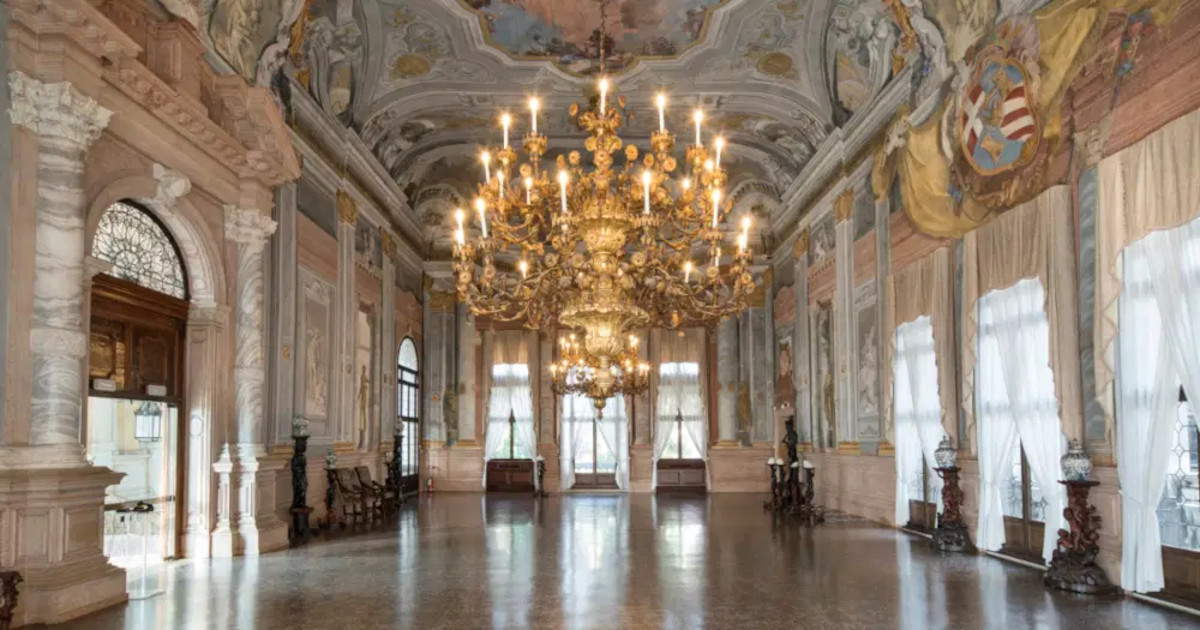For the first time, fifty years after the exhibition Venice in the Age of Canova in which theCicognara Album was presented to the general public in 1978, that album, which has now undergone careful restoration sponsored by the Venice International Foundation, is being exhibited again in its entirety. The occasion is the exhibition Gusto Neoclassico. The Cicognara Album, set up from September 26, 2025 to January 12, 2026 at Ca’ Rezzonico - Museo del Settecento Veneziano in Venice, curated by Alberto Craievich.
Keeping the Cicognara Album is the Gabinetto dei Disegni e delle Stampe (Drawings and Prints Cabinet ) of the Fondazione Musei Civici di Venezia: it is a precious testimony to neoclassical art and culture in Italy, named after its owner, Count Leopoldo Cicognara (Ferrara, 1767 - Venice, 1834), one of the most fascinating and influential figures of his time. After a humanistic education and numerous travels across the Peninsula, he joined the Cisalpine Republic early on, becoming a member of the legislative body. In 1808 he was appointed president of the Academy of Fine Arts in Venice, a post he held even after the fall of Napoleon, until 1826. A refined and brilliant intellectual, a leading figure in Venetian cultural politics and beyond, during his directorship of the Academy he published fundamental works, such as the monumental History of Sculpture and The Most Conspicuous Factories of Venice. He was responsible for fundamental initiatives, including the organization of the Accademia Galleries, enriched at the time by paintings from religious buildings suppressed by Napoleonic decree.
A tangible sign of his friendships with contemporary artists is precisely the Album, a true liber amicorum consisting of 81 sheets. The main protagonists of Italian Neoclassicism appear in it, from Vincenzo Camuccini to Andrea Appiani, from Giuseppe Bossi to the young Francesco Hayez; French artists such as François-Marius Granet, Lancelot-Théodore Turpin de Crissé and Louis Léopold Robert appear alongside them. As many as six drawings belong to Antonio Canova, a close friend and master whom he admired.
Originally, the drawings were collated in an elegant album kept in a sumptuous case, adorned with bronze friezes framing antique cameos and a fine central miniature depicting a View of Venice. The plates document the variety of graphic techniques and the richness of the subjects: pencil and pen drawings, colored chalks, and watercolors ranging from views and portraits to landscapes, genre scenes, animals, and sacred and secular compositions. There are both preparatory studies for more complex works and finished works created especially for Cicognara. The whole constitutes an exceptional corpus, unique in historical and artistic importance, both for the cultural role of the collector and as an expression of all the artistic schools of the time.
The volume was pointed out to scholars by Álvar González-Palacios in 1970 and presented to the general public for the first time in the 1978 exhibition where, partly for conservation reasons, the pages of the album were dissolved and placed in a passepartout. In the following years some of the sheets, the most famous ones, were displayed in exhibitions dedicated to Neoclassicism in Italy and abroad. Today, almost fifty years after that exhibition, the Album is re-presented in its entirety.
 |
| In Venice exhibited in its entirety after 50 years the Cicognara Album, a precious testimony of Italian Neoclassicism |
Warning: the translation into English of the original Italian article was created using automatic tools. We undertake to review all articles, but we do not guarantee the total absence of inaccuracies in the translation due to the program. You can find the original by clicking on the ITA button. If you find any mistake,please contact us.